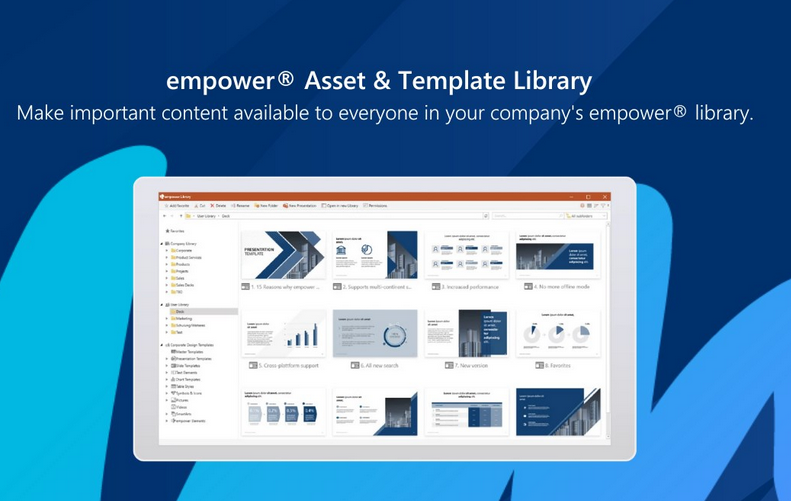Practical use cases
CloudWatch’s versatility extends to advanced security scenarios, offering solutions for complex challenges in AWS environments. In this section, we’ll look at two practical examples showcasing its capability.
Use case 1 – real-time threat detection in a microservices architecture
In a microservices architecture, where applications are broken down into smaller, independent services, monitoring each component becomes crucial for security. Imagine an eCommerce platform with various microservices for user authentication, payment processing, and inventory management. By leveraging CloudWatch, you can set up a real-time threat detection system that monitors each microservice for signs of security breaches or anomalies:
- Setup: Configure CloudWatch to collect logs and metrics from each microservice. This might include API call logs, function execution times in Lambda, and data access patterns in DynamoDB.
- Custom metrics: Define custom metrics that are indicative of security issues, such as a high rate of failed login attempts in the authentication service or unusual spikes in payment transaction volumes.
- Alerts and automation: Create CloudWatch alarms based on these custom metrics. For instance, if the number of failed login attempts exceeds a certain threshold within a short time frame, it triggers an alarm. This alarm can automatically notify the security team or even trigger a Lambda function to temporarily lock down the affected service, preventing further unauthorized access attempts.
- Dashboards: Develop comprehensive CloudWatch dashboards that provide a real-time view of the security status of each microservice. These dashboards can be used to monitor ongoing activities and respond quickly to potential threats.
This use case demonstrates how CloudWatch can be effectively utilized to provide real-time security monitoring in a complex microservices architecture, enabling rapid detection and response to potential threats.
Use case 2 – automated compliance monitoring for sensitive data storage
For businesses handling sensitive data, ensuring compliance with regulatory standards such as GDPR or HIPAA is critical. CloudWatch can be utilized to automate compliance monitoring, particularly for sensitive data stored in AWS services such as S3 or RDS:
- Setup: Implement CloudWatch to monitor access and modification logs of S3 buckets and RDS instances that store sensitive data.
- Compliance rules: Define specific compliance rules in CloudWatch based on regulatory requirements. For example, you can create a rule to alert if any sensitive data is accessed from outside the approved geographic region, which could indicate a potential compliance violation.
- Automated reporting: Set up CloudWatch to generate regular compliance reports by analyzing logs and metrics. These reports can be automatically sent to compliance officers or relevant stakeholders, providing them with ongoing assurance that the data is being handled in compliance with regulatory standards.
- Incident response: In case of a detected compliance violation, configure CloudWatch to automatically initiate predefined response actions. This might include notifying the compliance team, revoking access to the data, or starting an automated workflow to investigate and remediate the issue.
This use case exemplifies how CloudWatch can be leveraged for automated compliance monitoring, ensuring that sensitive data is handled as per regulatory standards and reducing the burden of manual compliance checks.
In conclusion, CloudWatch serves as a powerful tool in the AWS security arsenal. By leveraging its advanced features, developers and security professionals can achieve a proactive stance in detecting and mitigating security threats, ensuring the integrity and reliability of AWS-based applications and infrastructure. With CloudWatch’s capabilities outlined, let’s turn our attention to advanced tools such as Security Lake and Athena for deeper security logs integration and analytics.
